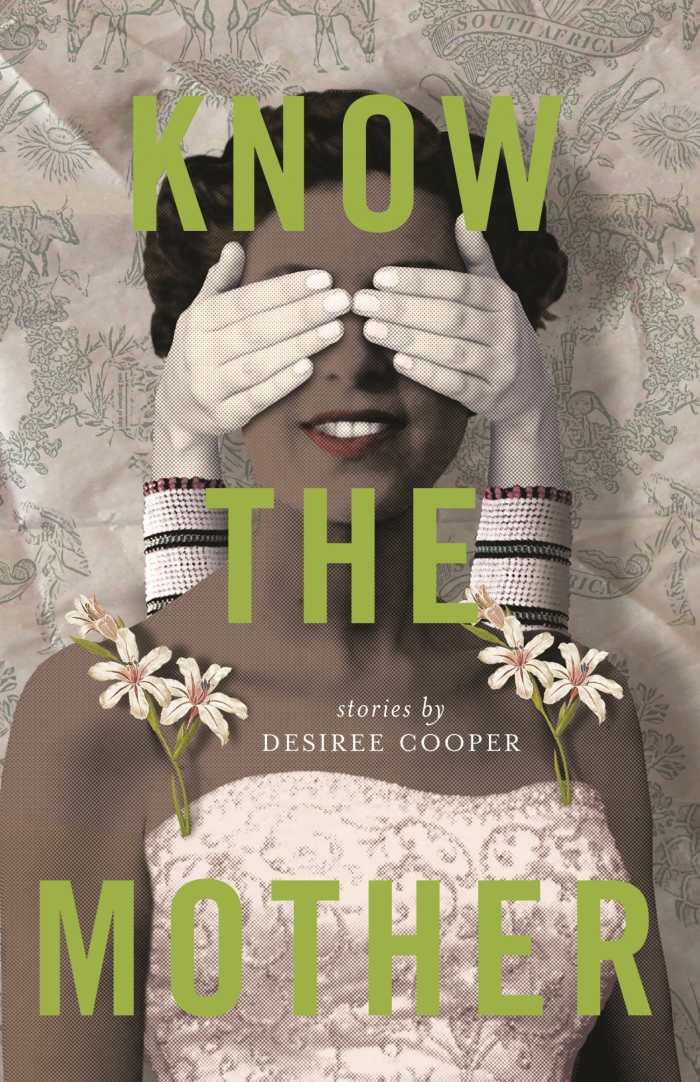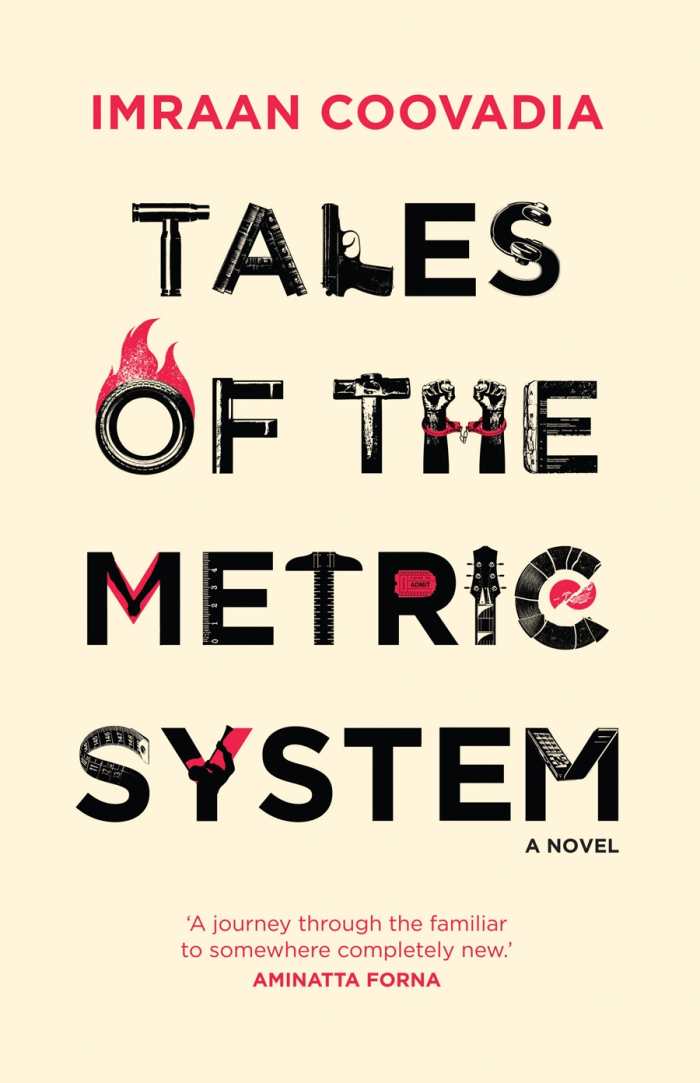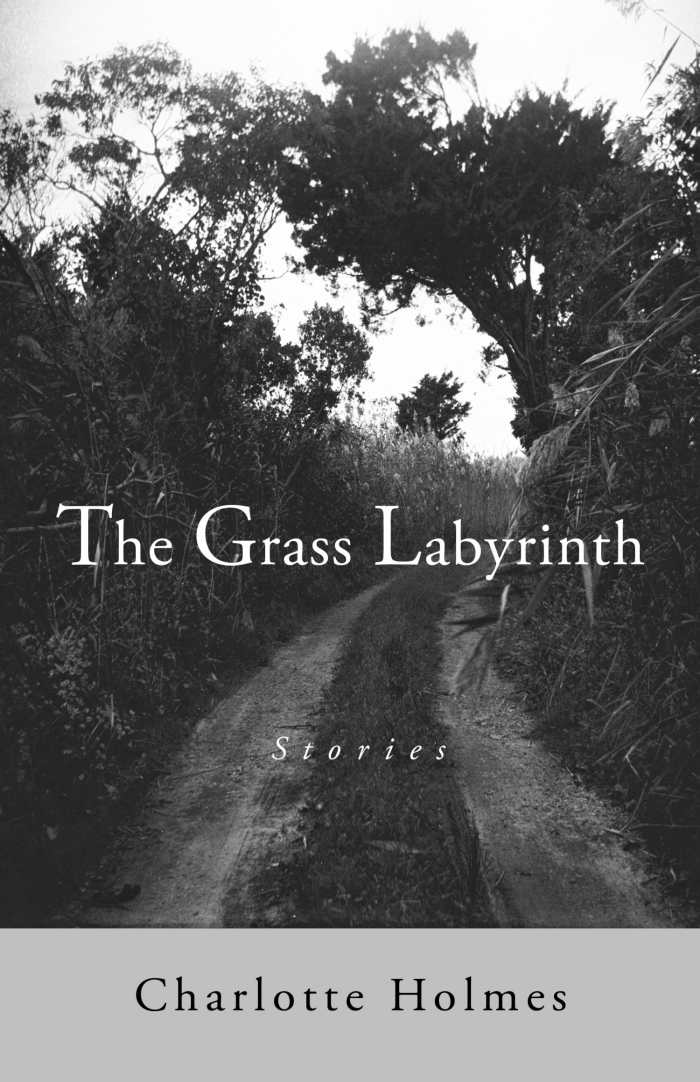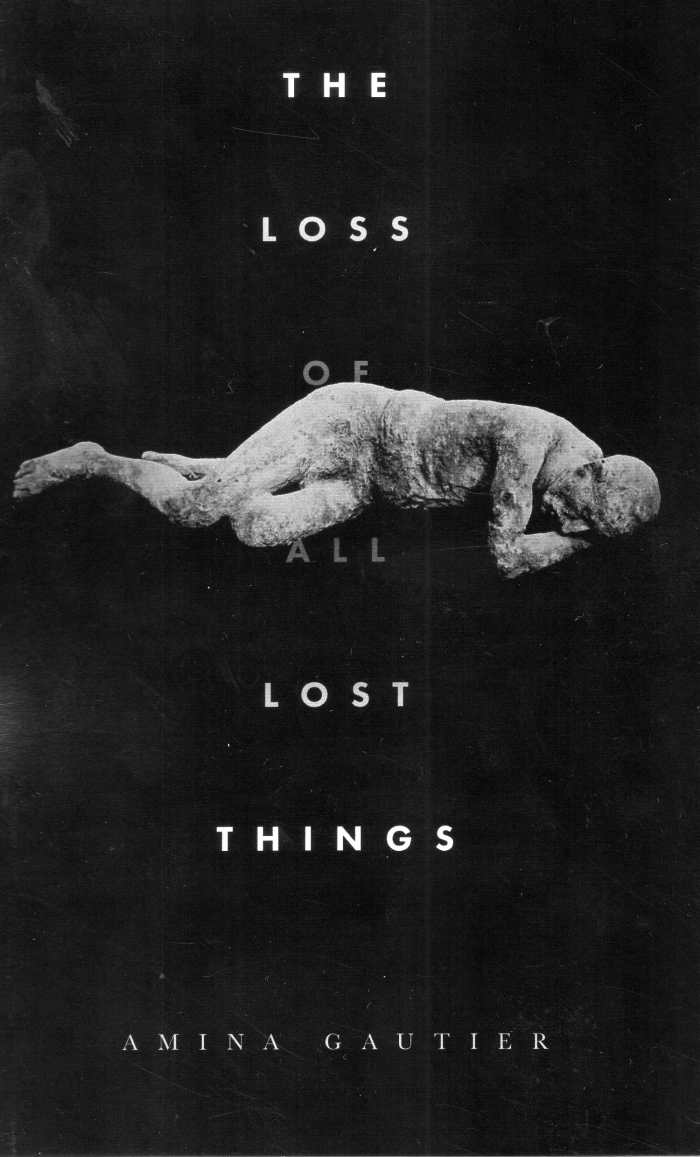Whole Worlds in a Few Words

These short story collections from our Summer 2016 issue cover enormous ground, and impressed our reviewers for their diversity and creativity, even within the bounds of single collections. Some deal with the continually fracturing nature of the modern psyche; some deal with the challenges present in modern motherhood and femininity. One collection thrills in scientific inquisitiveness, while another tests the bounds of the fantastic. In just a few short pages, these titles will transport you somewhere new.
Digital Face
Stories

Zelda Leah Gatuskin
Amador Publishers
Softcover $16.95 (140pp)
978-0-938513-57-5
Buy: Local Bookstore (Bookshop)
Fantasy and reality blur in this science fiction collection, full of eerie, otherworldly moments.
The eleven short stories collected in Zelda Leah Gatuskin’s Digital Face all address, in one way or another, the question of what is real. Interesting ideas and memorable characters populate these stories that lean toward science fiction, with the strongest qualifying as magical realism.
“Tsunami” stands out in the collection. In it, a woman becomes fascinated with news coverage of a natural disaster and is obsessed with thinking about all the things she would have lost if the same thing had happened to her. She begins to play the part of a victim, and even wishes that she’d undergone that kind of tragedy. The story is both a strong character study and a commentary on the strange turns that empathy can take. The prose does a nice job of blurring the line between fantasy and reality.
In the book’s title story, a celebrity undergoes an unusual procedure in order to continue looking young. This science-fiction premise is written with bits of dark comedy and strong visual sensibilities so that the protagonist’s decision is treated as foolish without diminishing the creepy process she undergoes. In “Silver and Gold Apples,” a mysterious woman named Sun Flower operates a “Gallery of Dreams” out of a vacant storefront, and the realtor falls for her. Descriptive writing makes the unusual setting work, as Gatuskin makes the images in the gallery feel eerie and otherworldly. Many of the other stories are short or flash pieces, with high concepts that work well and are paced quickly, though their shorter length gives them less room to explore the ideas they introduce.
Digital Face does begin a bit slowly, with a few short stories that are solid genre pieces, if not as strong as those mentioned above. Still, each piece in the collection features an interesting sci-fi premise crafted well, and the best pieces are written with visually evocative language, which adds to their appeal.
JEFF FLEISCHER (May 27, 2016)
Know the Mother

Desiree Cooper
Wayne State University Press
Softcover $15.99 (112pp)
978-0-8143-4149-0
Ambivalence about motherhood and America’s ongoing racism factor in to these often poetic stories.
“I was tired of the double habitation of my body, the split duties of my soul,” says a woman about her pregnancy, in Desiree Cooper’s flash-fiction collection, Know the Mother. In a mixture of historical and contemporary settings, these thirty-one short stories explore ambivalence about motherhood, and ongoing racism in America.
Medical problems, bad timing, and lack of support are complicating factors that make Cooper’s characters question the wisdom of becoming mothers. “If you wanted to have babies, why did you go to law school?” a female employee hears when requesting maternity leave in “Ceiling.” Childbirth changes these women; some dutifully carry on, but others cannot cope. Race is an equally challenging issue, with African American characters being denied a desirable Holiday Inn room or getting harangued by rednecks.
Variety in the narrative voice keeps things interesting. About a third of the stories are in the first person and many of the rest are in the third person. However, a few use less common points of view: two eerie tales—one featuring paranoia over intruders and another where a ghost is observing a family gathering—are in the second person, while the opening story, “Witching Hour,” universalizes insomnia and worry through first-person plural. Cooper has also published poetry, as is evident in the effective alliteration in “Ichthyophobe” and the careful attention paid to colors in “Cartoon Blue.”
Skin color, too, plays a symbolic role. In “Feeding the Lions,” one of the standouts, a biracial woman caring for her Vietnam War-veteran father declares, “I am a cocktail of genes—my mother’s hair, black as bean paste … My teak skin is not like his skin, which is Southern-gravy brown.” Elsewhere a mother whose daughter is her school’s only black student remembers feeling invisible beside white school kids in 1967. The excellent “To the Bone” recalls Toni Morrison with its three generations of black women and references to down-home cooking.
Slightly longer stories, buoyed by deeper characterization and multiple scenes, are often more successful than the snapshot ones, but her sharp insight into motherhood and race makes Cooper an author to watch.
REBECCA FOSTER (May 25, 2016)
Tales of the Metric System

Imraan Coovadia
Ohio University Press
Hardcover $38.00 (394pp)
978-0-8214-2226-7
Buy: Local Bookstore (Bookshop)
This masterfully written book is a thoroughly engaging look at a society in transition.
With Tales of the Metric System, Imraan Coovadia uses an innovative structure and masterful writing to craft a portrait of life in South Africa through the transition away from apartheid. By writing his novel as a series of short stories, with some characters reappearing and others referenced, Coovadia combines everyday life and political turmoil in a thoroughly enjoyable book.
The story opens in 1970, with the wife of a white professor visiting her son’s school, which wants to expel him for possessing alcohol, but which is clearly reacting to the professor’s antiapartheid politics. From there, the story skips ahead three years, introducing a young black man looking to break into theater and making what will prove important lifelong acquaintances. As the story progresses, each chapter skips ahead and characters move in and out, creating a fuller picture of the myriad ways changes in South Africa affected people’s lives. Characters include white, black, and Indian citizens, and both radicals and establishment figures. Some characters give way to their descendants; others cross paths in unexpected ways.
Memorable moments, like the release of Nelson Mandela from prison, the Springboks’ Rugby World Cup victory, and the 2010 FIFA World Cup, are part of the narrative, but the focus rightly remains on characters. Arguably the most important event in the novel—the one which impacts all of the characters in some way, but which takes place in the time between the first two chapters—isn’t depicted until the chapter that closes the book, making it the sole flashback chapter and giving it added weight because readers are already familiar with its impact.
Coovadia’s prose is strong throughout, whether in the snappy dialogue between two flirting teenagers trying to recover a stolen cell phone, or in relating the story behind a playwright’s unexpected popularity, or in the appropriately grim depiction of an accused thief being burned with a tire around his neck. Each of the chapters in Tales of the Metric System could stand on its own, but the whole is a thoroughly engaging look at a society in transition.
JEFF FLEISCHER (May 27, 2016)
The Grass Labyrinth
Stories

Charlotte Holmes
BkMk Press
Softcover $15.95 (170pp)
978-1-943491-04-9
Holmes’s gossamer-gentle prose captures the skeins of memory tangled with real life.
What’s the breaking point between an artist’s dedication to her craft and a commitment to loving relationships? This probing question is central to the delicately woven stories in The Grass Labyrinth, by Charlotte Holmes.
The nine stories included here are linked by locations—a cottage on the Carolina coast, a loft in Brooklyn, a Pennsylvania college town; by themes—the durability of love, the never-ending pangs of regret; and by characters, including Henry, a children’s book illustrator, his wife Lisa, an artist refugee named Agnes Landowska, and succeeding generations of related individuals.
Stories like “What Is” and “After” are elegiac in tone. The first is narrated by Kerry, Henry’s second wife, who looks back on her brief marriage, while the second is narrated by Agnes, whose brief affair with Henry changed the course of her life.
Holmes’s gossamer-gentle prose captures the skeins of memory tangled with real life: “where the dark sky snags the ocean in its net of stars, leaving a line of phosphorescence in the sand,” for example, reveals deep wells of emotion in the inner lives of these characters. By contrast, “Song Without Words,” in which Henry’s wife Lisa grapples with the death of her unborn baby, offers a stunning and visceral immediacy to a portrait of grief. Such differences demonstrate Holmes’s emotional range.
Later stories explore how choices characters make, about pursuing art and connecting with loved ones, affect their lives in unanticipated ways. Spanning some thirty years, The Grass Labyrinth vividly describes both natural settings and urban environments, while never straying far from each character’s emotional and artistic core. As Agnes notes, looking back on her life after Henry’s death:
Sometimes the work comes steadily, sometimes it’s famine or feast, but even when the field is dry, and there’s no promise of rain, you still have to be out there, staring up at the sky, ready when the first drop falls.
LEE POLEVOI (May 27, 2016)
The Loss of All Lost Things

Amina Gautier
Elixir Press
Softcover $19.00 (216pp)
978-1-932418-56-9
Loss is an ordinary human experience, and Gautier captures its commonality well, making The Loss of all Lost Things an emotionally triumphant collection.
Amina Gautier’s short story collection The Loss of All Lost Things is an exquisite portrait of human experiences and the ramifications of loss.
Loss assails every character in the collection’s fifteen stories. Some have lost their children; others have lost their identity, direction in life, and capability. Some mourn a loved one’s death, and some lament a lover’s desertion. No matter the type of loss they suffer, the characters don’t deny their pain, loneliness, and bewilderment. They feel it, grapple with it, and endure it, aware they must cope with “the living that muscles through” their day-to-day existence.
Gautier’s narrative style is subtle. Story openings pull back the curtain on character lives, which are in full progress when the stories begin. Interest in protagonists’ personalities and predicaments is instantly and immediately earned. Skillful, unadorned, and economical prose builds emotional intensity sentence by sentence. A slow, steady, and breathtaking depiction of searing loss emerges; it unfolds in an almost uneventful manner, in prose that is never blatant, but is rather measured, commanding, and haunting.
No life-altering epiphanies conclude these stories, though characters do reveal, in precise terminology, understandings of who they’ve become in their loss. In “Most Honest,” the divorced narrator eschews his situation: “Divorce is my wife’s word. I prefer dissolution. It makes our marriage sound like a crystalline substance, glittery yet hard, succumbing to forces greater than itself.” In “Lost and Found,” an agonizing narrative about a kidnapped boy, the boy considers himself “lost instead of taken … Things that are taken are never given back. Things that are lost can be found.” In the collection’s title story, told from the boy’s parents’ viewpoint, the grief they suffer from the kidnapping defines them: “It’s all they have left of him. They keep it to themselves, feeding and sucking on who they are—the parents of a lost boy.”
Melancholy and remorse permeate the collection, yet the heaviness isn’t unbearable. Loss is an ordinary human experience, and Gautier captures its commonality well, making The Loss of all Lost Things an emotionally triumphant collection.
AMY O'LOUGHLIN (May 20, 2016)
Wonderland

Samuel Ligon
Stephen Knezovich, illustrator
Lost Horse Press
Softcover $20.00 (92pp)
978-0-9908193-9-4
Buy: Local Bookstore (Bookshop)
Ligon’s poignant compilation mirrors fundamental truths about human desire and defeat.
“Something broke in me for good, some brittle thing I didn’t know was there,” writes Samuel Ligon in his new collection, Wonderland, “and then it just kept breaking.” Ligon’s bold and twisted wit, coupled with artist Stephen Knezovich’s vintage collages, makes these thirteen fantastical short stories impossible to ignore.
The book mesmerizes from the start, when a young man falls for a bearded lady and subsequently shaves her signature facial hair. Tender love continues to come with violence throughout the book, leaving the reader to wonder, as the writer does in “Pie & Whiskey,” “How many times can a heart be broken?”
Ligon counts the ways. A baker and his wife squabble over how to cure her cold until he questions “how many Vicodins it would take, baked in a pie or a cobbler, to end her suffering for good.” Two young children, when chastised by a voyeuristic goat, learn there are right and wrong ways to love. In another story, adolescent twins grieve the loss of their mother’s bosom, full of “streams of whiskey” and “melted butter,” when they turn fourteen.
Ligon’s playful absurdity provides the ideal landscape to examine the messiness of human sexuality. One man begs God for his deceitful neighbor’s “quick and painless death,” while another writes an “unsolicited” confessional about a young woman who is his “student first, then my peer…my lover. My grandmother. My pet. My piss angel.” As this strange tale suggests, fantasy and indulgence are essential threads in Ligon’s storytelling.
The final story is based on the illustrious nursery rhyme “Sing a Song of Sixpence.” Ligon describes the infamous blackbird after he pecked off the maid’s nose, writing that he “pulled away from the others and circled on extended wings, drifting slowly, silently, down, down, down.”
While Ligon’s poignant compilation portrays outrageous characters who descend into similar despair, it mirrors fundamental truths about human desire and defeat. Anyone who is open to exploring the dichotomy of love’s gentle and gritty nature will find this collection intoxicating.
JACQUELYN LAZO (May 13, 2016)
Hannah Hohman
